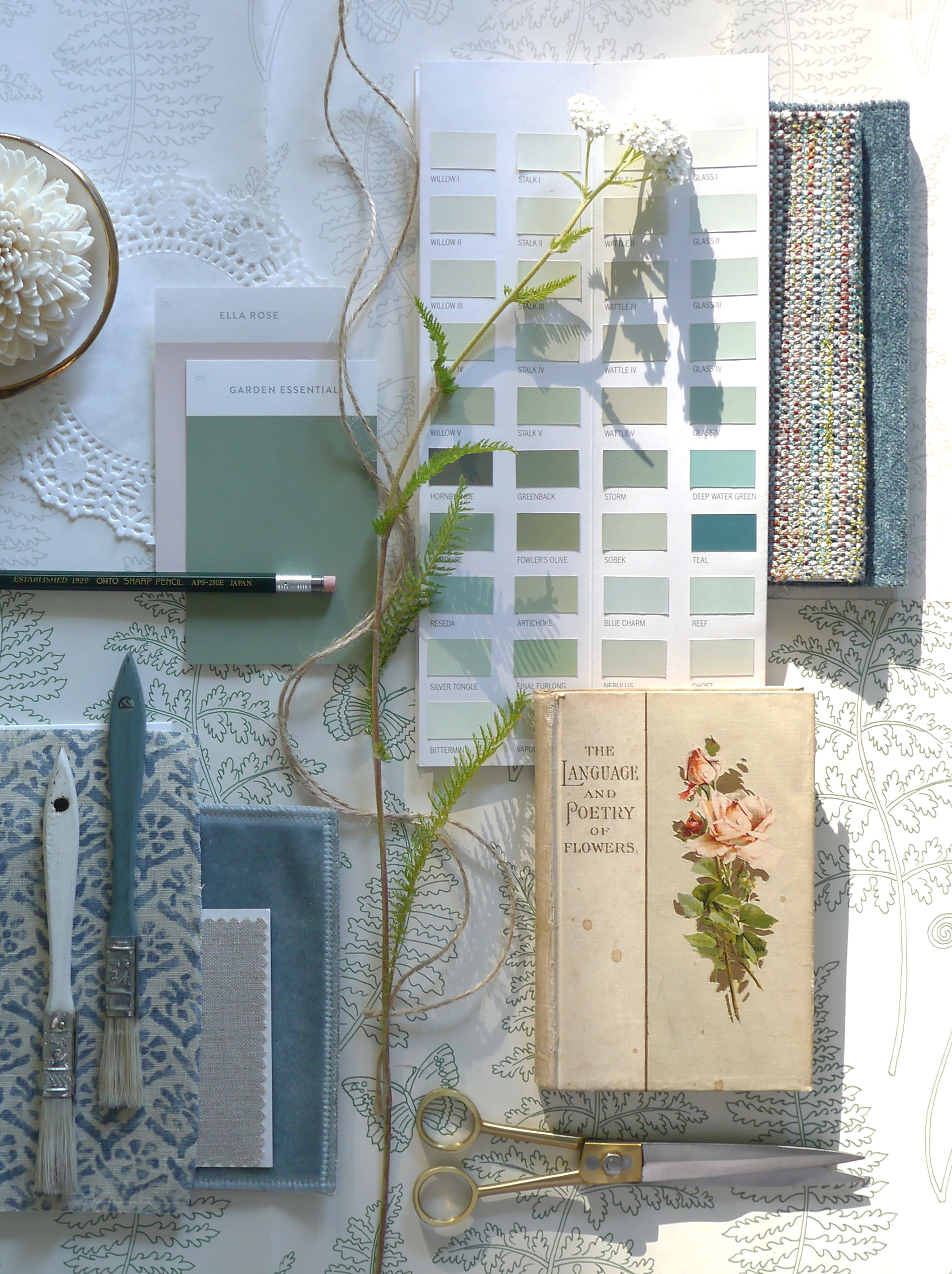
Color psychology is a vast subject that is typically mainstreamed in terms of ‘red is warm and advances’ and ‘blue is cool and recedes’. It is said there are 7,000,000 colors the human eye can differentiate, so it would be expected there is far more complexity and nuance to this extremely influential subject than first meets the eye.
I wrote those lines nearly 5 years ago; and having been studying the subject deeply over the past 10+ years I have concluded that the complexity and nuance is far more orderly and designed than at first glance, especially when placing it into a seasonal framework. I first became aware of this construct in the early 1980s when I read Carole Jackson’s Color Me Beautiful and have been noticing congruencies ever since. I am a pattern seer, I always have been. I think it is in part due to my dyslexic (& dyscalculic) wiring; always looking around trying to ‘make sense’ of things to help me think quickly, so certain shortcomings were not noticeable.
Seasonal color psychology is the study of color and how it’s tones and traits are mirrored in nature and can be relatable to nearly every aspect of design. It’s qualities can be used to categorize, describe and depict far more then just color, or feelings; it can relate to furniture, artwork, architecture, landscaping, furnishings, fashion, lighting, flowers and florals, music, typeface, surface pattern, graphics and branding, as well as a myriad of other subjects.
It is an unbiased, objective outlook that creates clarity and focus for why we are drawn intuitively to certain visuals and shudder at others. There are no wrong or right colors or seasons, although fads might have you believe otherwise. Trends continually follow different styles and color tones, often depending on the economic and social outlook of people collectively, not as individuals, which is why trends never last.
Typically Seasonal Color Phycology is broken into the four seasons, Spring, Summer, Autumn and Winter, each with its own overarching traits and qualities.
Spring is the birth of life, everything is new and bursting forth. Colors are clear and bright with a lightness about them. Creativity is abundant, play is central to the youth of Spring with all the baby animals being born. There is an anticipation for is what to come, everything moves at a fairly quick and light pace, nimble and a bit wobbly. Flowers and leaves pop, springs gush forth with water, grass grows and greens, the days get longer and warmer. Everything is alive and busy once again.
Summer finds a more steady rhythm, days lengthen and the sun bakes out the color by drying things out a bit. There is a calm, quiet efficiency about Summer, everything hits its stride and becomes more confident, more assured. Colors are greyed down and cooler, just like summer evenings once the sun sets. Summer is the growing season, the time to nurture and tend, to be mindful of the details. To find beauty in all that is around us. To stay consistent and thoughtful.
Autumn is robust and bountiful. Colors warm up and intensify as does the speed at which things need to be dealt with. Crops need to be harvested, there is a need to build up reserves. There is a gathering and a shedding. Leaves fall, flowers die, the babies from Spring have become more stable. There is a solidity about Autumn; it is learned, it remembers its history and cycles. This is the season of being studious so that everything is prepared and buttoned down before Winter.
Winter moves towards stillness. Often in contradictions; the merging of deep evergreens, bright blue sky, snow and sun making for dramatic vignettes in contrast to stark leafless tree branches against sunless, mizzel (mist & drizzle) filled skies. Rest, reset, restoration and reflection are all part of the winter. Maximalism and minimalism live together with the bounty of what has been stored away and the severe landscape outside. All is quiet, the snow hushing everything and making a blanket of possibilities ahead. All the percolating beneath, waiting for Spring.
Each season has words that reflect and describe what is taking place. Over time I have broken the four seasons into twelve parts, three parts per season. I have referred to these parts in the past as months, but I would prefer to see them as sections of time in nature’s cycle that have very specific qualities and attributes. At least for me that is how I see them, living in the midwest where we have four very distinct seasons.
